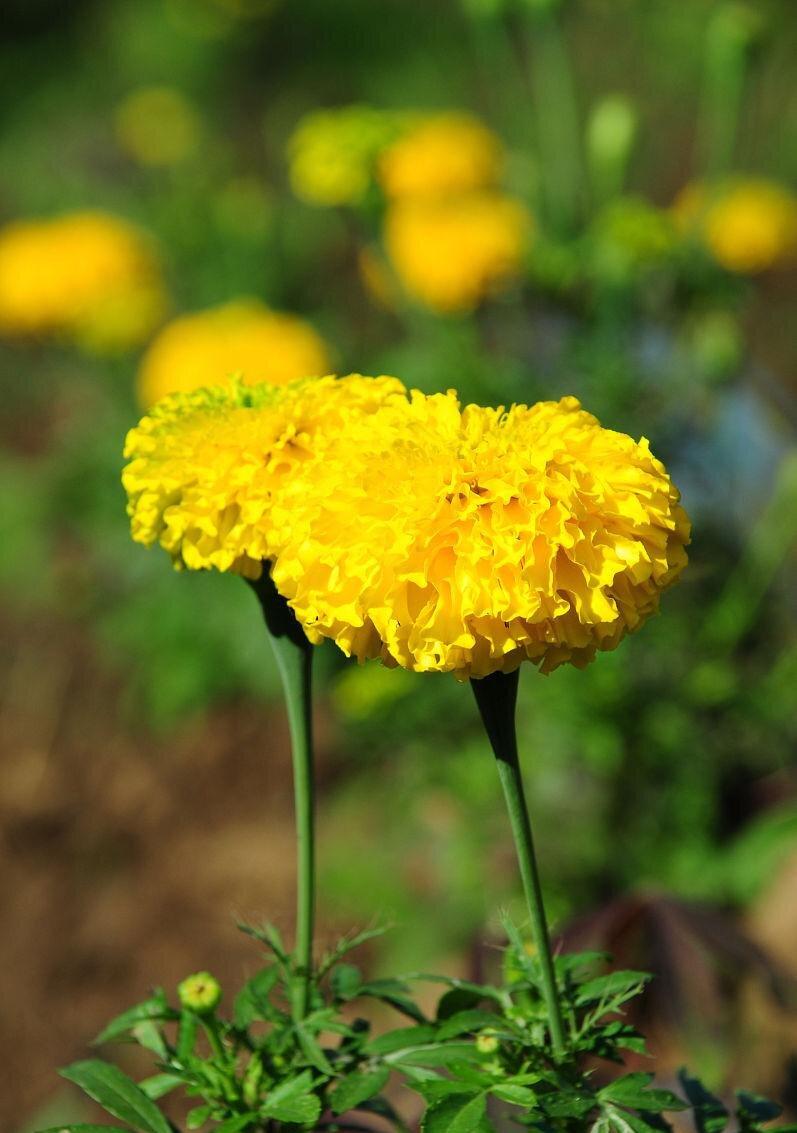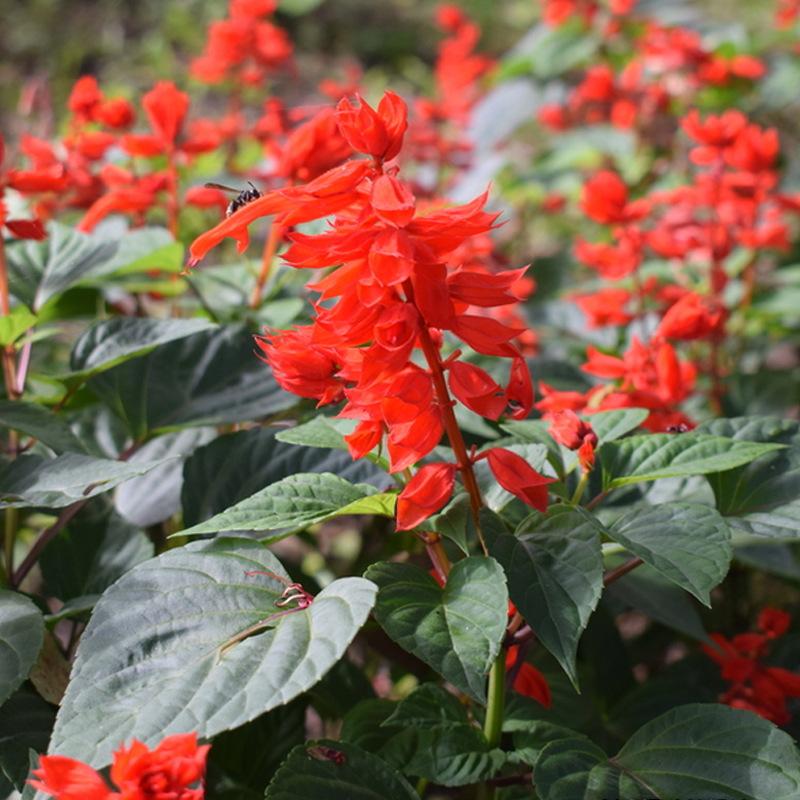Symphytum, commonly known as comfrey, has an interesting story rooted in its rich history. Its name is derived from the Greek word “sympho” meaning “together” and “phyton” meaning “plant.” Legend has it that during medieval times, comfrey was a sought-after remedy for various ailments due to its healing properties. It was believed that the plant had the power to bind bones and wounds, hence its association with the concept of “symphony” or coming together. Today, Symphytum continues to be valued for its medicinal uses and is cherished as a symbol of unity and healing.
Picture
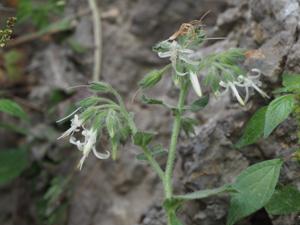
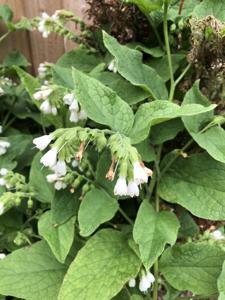
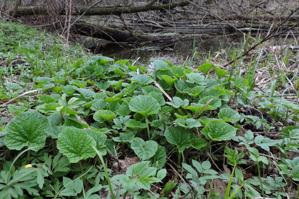
Plant some seeds now!
Short Description
Symphytum is a genus of flowering plants in the borage family, Boraginaceae, known by the common name comfrey (pronounced /ˈkʌmfri/). There are 59 recognized species. Some species and hybrids, particularly S. officinale, Symphytum grandiflorum, and S. × uplandicum, are used in gardening and herbal medicine. They are not to be confused with Andersonglossum virginianum, known as wild comfrey, another member of the borage family.
Cultivation
The Russian comfrey ‘Bocking 14’ cultivar was developed during the 1950s by Lawrence D. Hills, the founder of the Henry Doubleday Research Association (the organic gardening organization itself named after Henry Doubleday, who first introduced Russian comfrey into Britain in the nineteenth century) following trials at Bocking, Essex.
Propagation


